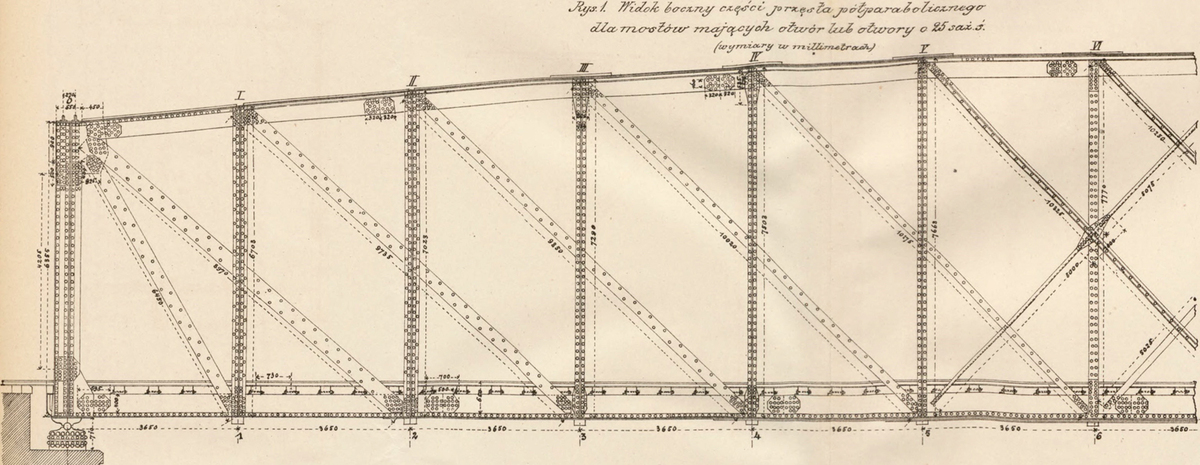Selected problems of design and construction of the 19th century railway bridges by example of Ivangorod Dąbrowa Railway
1
Faculty of Civil Engineering and Architecture, Kielce University of Technology, Poland
2
Not applicable, Poland
These authors had equal contribution to this work
Submission date: 2024-02-02
Final revision date: 2024-03-06
Acceptance date: 2024-04-23
Publication date: 2025-06-16
Corresponding author
Wiktor Wciślik
Faculty of Civil Engineering and Architecture, Kielce University of Technology, Poland
Faculty of Civil Engineering and Architecture, Kielce University of Technology, Poland
Archives of Civil Engineering 2025;71(2):83-98
KEYWORDS
TOPICS
ABSTRACT
The present paper discusses selected issues related to the design, construction and operation of 19th-century railway bridges in the Kingdom of Poland. Individual problems are discussed on the example of the Ivangorod-Dąbrowa Railway (IDR). The route as a whole is characterized, along with a discussion of statistical data regarding the bridges located along the line in question. The competences of private and then state institutions in the field of railway construction are discussed synthetically, taking into account the impact of military issues on the design of railway routes and bridges in the country. The legal regulations that standarized the issues of design, construction and operation of railway bridges at that time, both technical and formal are characterized. The basic principles of hydrological calculations used to determine the clear areas of bridges and culverts of the railway are presented. A separate chapter is devoted to selected issues of structural design, with particular emphasis on the service load calculation (rolling stock and wind). The changes in legal regulations introduced during the construction of the IDR and in the preceding years are presented. Technical specifications and construction requirements for spans and supports are described. Selected types of unified bridges as well as individually developed designs of structures on the Vistula and Pilica rivers are presented. The then requirements related to proof tests and ongoing maintenance of railway bridges are discussed.
We process personal data collected when visiting the website. The function of obtaining information about users and their behavior is carried out by voluntarily entered information in forms and saving cookies in end devices. Data, including cookies, are used to provide services, improve the user experience and to analyze the traffic in accordance with the Privacy policy. Data are also collected and processed by Google Analytics tool (more).
You can change cookies settings in your browser. Restricted use of cookies in the browser configuration may affect some functionalities of the website.
You can change cookies settings in your browser. Restricted use of cookies in the browser configuration may affect some functionalities of the website.




